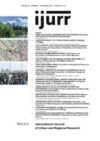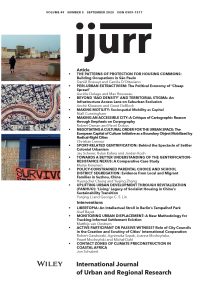Inspired by Gunnar Olsson, this article critiques the use of cartographic reason in the process of creating an accessible city for people with disabilities. It also borrows Gregory’s ontological conceptual pair of cartography and corpography, showing the ontological transformations that occur within this pair during the practical removal of barriers to mobility in Brno, Czech Republic. The methodology employed involves semi-structured interviews with members of the city’s Advisory Board for Accessibility. Our primary aim is to demonstrate how the imperative to eliminate specific barriers in the urban environment responds to the dominance of cartographic reason in planning and political decision-making. Findings indicate that this dominance often obscures the fact that what may appear as safely accessible in cartographic representations can manifest as inaccessible and hazardous corpography. However, the cartographic visualizations serve as the initial driving force behind bringing about potential improvements in corpographic accessibility. Urban space is mapped into myriad legal and political areas, which complicates accessibility. The cartography of accessibility is becoming utopian, and, through a critique of utopia, we show how a corpographic emphasis on multisensory experience can make the city more effectively accessible. We introduce the concept of a ferryman, one who facilitates navigation through urban space.
Details
Written by:
Pavel Doboš, Robert Osman
Digital Object Identifier (DOI)
https://doi.org/10.1111/1468-2427.13344
About DOI

